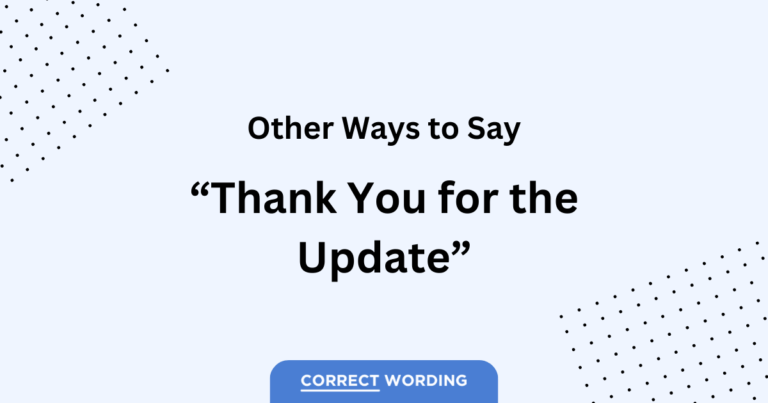16 Alternatives to “Pros and Cons”
Sometimes, when weighing decisions, we naturally drift to the familiar “pros and cons.”
It’s a phrase as old as decision-making itself, deeply ingrained in our vernacular.
But just as there are multiple ways to approach a problem, there are multiple ways to express the good and the bad.
Let’s take a journey through some alternatives.
Variations of “Pros and Cons”
- Advantages and disadvantages.
- Pluses and minuses.
- Benefits and drawbacks.
- Upsides and downsides.
- For and against.
- Strengths and weaknesses.
- Merits and demerits.
- Boons and banes.
- Positives and negatives.
- Gains and losses.
- Assets and liabilities.
- Perks and pitfalls.
- Bonuses and penalties.
- Rewards and risks.
- Favorables and unfavorables.
- Plus points and pain points.
Key Takeaways
- Advantages and disadvantages is a classic pair that provides a straightforward and formal alternative to “pros and cons.”
- If you’re presenting to a professional audience, Assets and liabilities could be the perfect duo.
- And for a lighter touch, perhaps in a casual discussion, Perks and pitfalls offers a dash of flair.
Shall we delve deeper into these variations?
Advantages and Disadvantages
A balanced way to present both the positive and negative aspects of an option.
Manager 1: When considering remote work, we need to look at its advantages and disadvantages.
Manager 2: Agreed. Productivity might go up, but team bonding might take a hit.
Pluses and Minuses
A more casual expression that effectively communicates the highs and lows.
Friend 1: Have you thought about the pluses and minuses of moving to the city?
Friend 2: Yeah, more job opportunities, but the cost of living is high.
Benefits and Drawbacks
A comprehensive way to discuss the good and potential concerns.
Investor 1: This startup has numerous benefits, but we must also consider the drawbacks.
Investor 2: Indeed, rapid growth potential, but there’s market volatility to consider.
Upsides and Downsides
Conveys both the positive and negative aspects in a conversational tone.
Colleague 1: The upsides of this software are evident, but have you considered the downsides?
Colleague 2: True, it improves efficiency but needs a lot of training.
For and Against
Presenting arguments or factors in favor of and in opposition to something.
Debater 1: Let’s list all the points for and against this policy to prepare for our debate.
Debater 2: Sure, understanding both sides will give us an edge.
Strengths and Weaknesses
Discussing the areas of strength and potential vulnerabilities.
Coach 1: We need to play to our team’s strengths and work on our weaknesses before the next match.
Coach 2: Agreed, our offense is strong, but our defense needs improvement.
Merits and Demerits
Evaluating the worthiness and shortcomings of a situation or choice.
Reviewer 1: This product has its merits, but we shouldn’t overlook the demerits.
Reviewer 2: Absolutely, while it’s innovative, it’s also pricier than alternatives.
Boons and Banes
Emphasizing the blessings and potential pitfalls in a slightly poetic tone.
Philosopher 1: Advanced technology can be both the boon and bane of modern society.
Philosopher 2: True, it simplifies life but at times distances us from nature.
Positives and Negatives
A straightforward way to assess the good and the bad.
Analyst 1: There are several positives in this financial report, but the negatives can’t be ignored.
Analyst 2: Indeed, revenue growth is a plus, but the increased expenses are a concern.
Gains and Losses
Focusing on what can be acquired versus what might be sacrificed.
Entrepreneur 1: Starting our own business has its potential gains and losses.
Entrepreneur 2: Yep, potential high profit, but the initial investment is steep.
Assets and Liabilities
A financial term also used metaphorically to discuss pros and cons.
Accountant 1: This new investment offers several assets, but we must also consider the liabilities.
Accountant 2: True, while it diversifies our portfolio, it’s also high risk.
Perks and Pitfalls
Addressing the bonuses and potential dangers in a friendly tone.
Employee 1: Working freelance has its perks, but the pitfalls are real too.
Employee 2: Absolutely, flexible hours are great, but irregular income can be challenging.
Bonuses and Penalties
Weighing the added benefits against potential detriments.
Player 1: This game has many bonuses, but watch out for the penalties!
Player 2: Got it, I’ll grab those bonus points and dodge the pitfalls.
Rewards and Risks
Considering the potential returns versus possible hazards.
Investor 1: High-return investments come with their own set of rewards and risks.
Investor 2: Precisely, greater potential payout, but also a higher chance of loss.
Favorables and Unfavorables
Discussing the beneficial factors as opposed to the detrimental ones.
Researcher 1: The drug has several favorables in initial testing, but there were some unfavorables too.
Researcher 2: Yes, patients showed improvement, but side effects were also reported.
Plus Points and Pain Points
Highlighting specific positive aspects and areas of concern.
Marketer 1: Our campaign has several plus points, but we should address the pain points in our next meeting.
Marketer 2: True, our engagement rates soared, but there were some negative feedback loops too.
Is “Pros and Cons” Correct?
Certainly, “pros and cons” is a well-established phrase that has stood the test of time. It is widely accepted and understood in English to denote the positive and negative aspects of a situation or decision.
However, just because something is traditional doesn’t mean it can’t benefit from a little variation now and then. Depending on the audience and context, using one of the alternatives can add a fresh touch, more specificity, or just a dash of variety.
Sample sentence: Before making a decision, Lisa always jots down the pros and cons in her notebook.
While “pros and cons” is undoubtedly a mainstay in discussions of choice and decision-making, don’t be afraid to mix it up.







